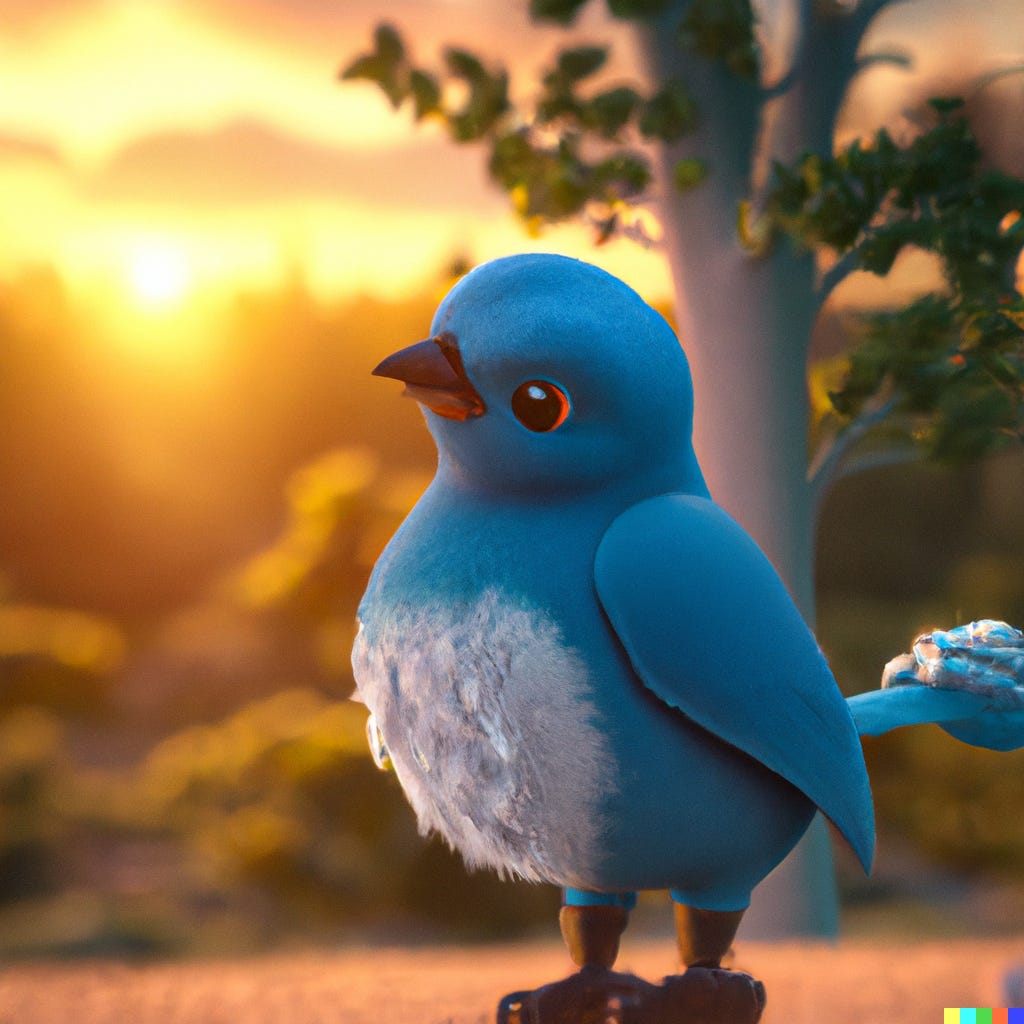Dear friends,
It's been a while since I last published. I miss sharing with my friends! AI is in vogue these days, and I want to tell you some takeaways from my recent findings on the subject.
I hope things are going well with you!
Vivian
What surprises me about AI generative models
Recently, the creative world has been fascinated by what AI generative models can produce. GPT-3 writes novels, and Dall-E draws concept art.
Surprise 1. Bigger impact on creative jobs than on labor-intensive jobs
Different from what we predicted, but hardly a surprise. Machines are good at working memory, processing speed, and comprehensiveness. These happen to be the defining factors of a person with high intelligence.
Would brainy genius lose their competitive edges first? Would skills that require warm bodies be more valuable?
Sam Altman said,
"Ten years ago, people thought AI is going to come for the blue-collar jobs, working in the factories, truck drivers. Then it will come for low-skilled white-collar jobs, then the high skill like high-IQ white-collar jobs, like programmers. Then very last of all, maybe never, it's going to take the creative jobs. It's going in exactly the other direction.
There's an interesting reminder here about how hard predictions are. We're not always very aware what skills are hard and easy, like what uses most of our brain, and what doesn't, or how difficult bodies are to control or make."
Surprise 2. AI is more like a new brain than an advanced tool
Reid Hoffman insists that generative models will not replace humans because the models merely serve as an amplifying tool in a human-centric creative process. For instance, artists use generative models to iterate through their work, no different from how writers produce articles with Word and graphic designers create images with Adobe.
But the example Hoffman cited in his video suggests otherwise. He used an example of creating a logo for a small business.
"They [artists] are generating a logo for a small business where previously they might have to charge a small business $500. Now maybe they could charge your business 50 dollars. They say okay, tell me what you want right now and I start typing into Dall-E or it's equivalent. I say, which of these do you do most? Okay, I want this one. Here you go. And I can provide a bunch more."
To me, this workflow sounds very different from working with Word and Adobe. Here the generative models are the true artists, and the human designers are like the middle-men — they merely pass requests and results between the client and the AI.
Limitation 1: make up stuff without admitting
Mira Murati, the CTO of OpenAI, said,
"One of the central things with GPT3 but also other generative language models is the fact that the model will make up stuff and it will not admit when it doesn't have expertise in a specific topic or when it doesn't know the answer. So obviously that's a problem. It could also mislead you with the answer. So we want you to figure out how do we make the model more robust and more reliable. We use the feedback that we got from our users on the API and we used reinforcement learning with human feedback."
The model will make up stuff and not admit when it doesn’t know the answer? AI safety will be a crucial topic forward.
Limitation 2: hard to direct the creative process
Dall-E is good at rendering open-ended concepts, such as "a bluebird in the sunset." You are not specific about the kind of bird and the sunset’s location.
But artists reported that it's hard to solve a particular visual problem with Dall-E. There is no continuity between each iteration which is entirely random, so you can't improve on it. If you want something visually specific, for example, "a Tesla in the form of an Autobot," what you generate with the prompts could be very different from what you pictured in mind.
Generative models are in their early infancy, and they will grow powerful. Scientist and artists will need to learn to work with them. What skill would you spend your 10,000 hours on?




